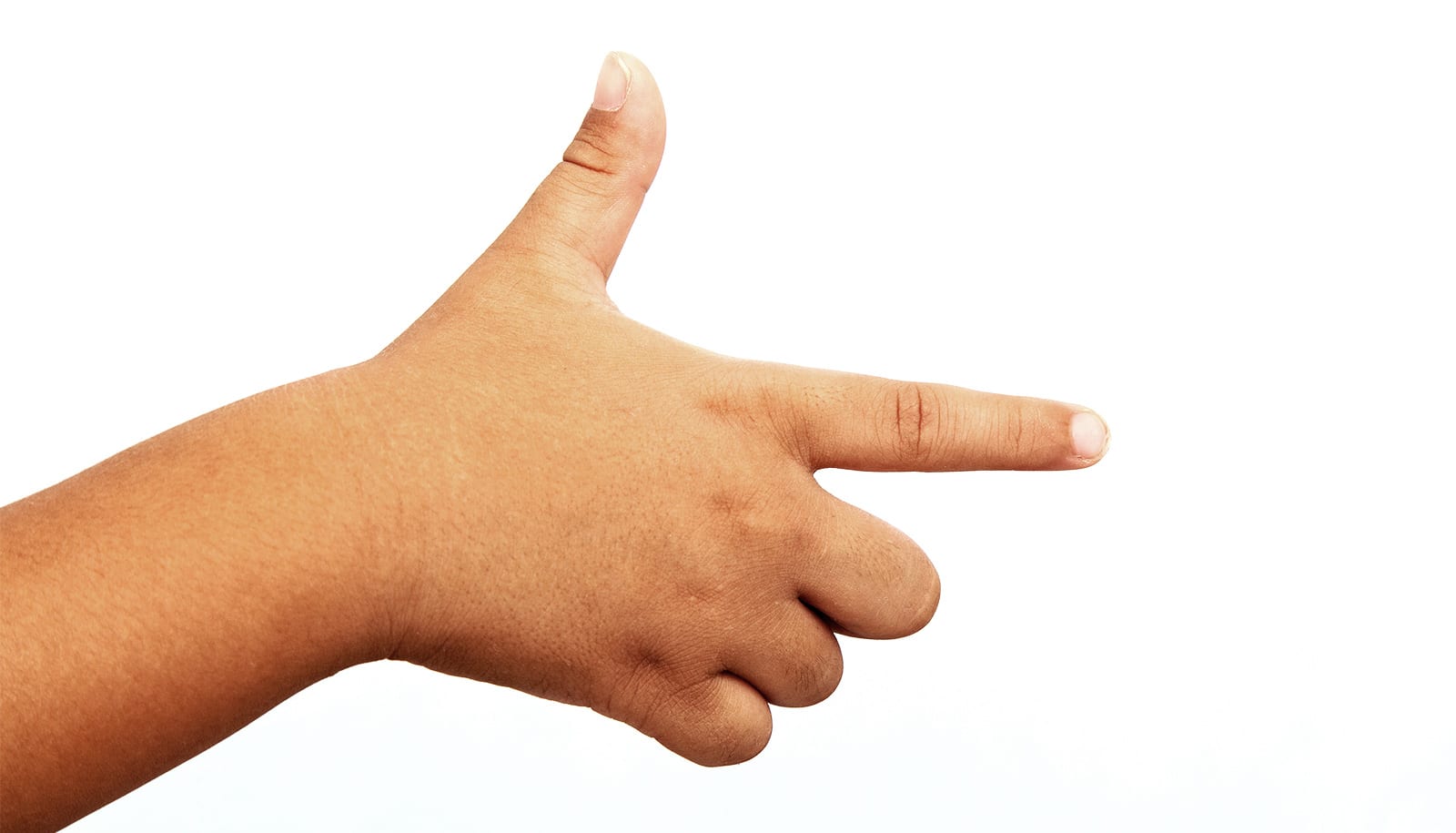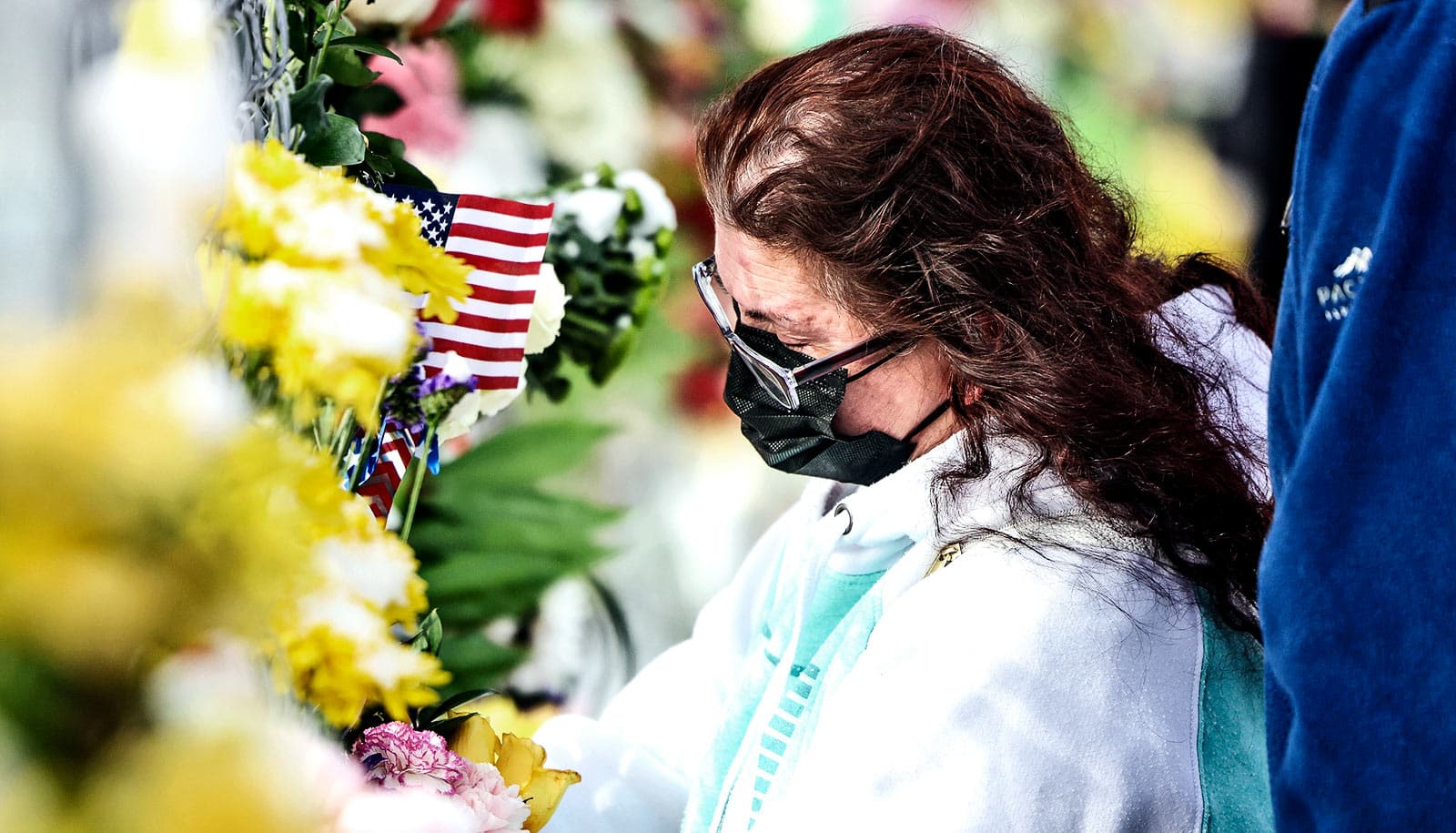The effects on children of witnessing gun violence in real life or in fiction, including using guns themselves, may appear many years later, a new study shows.
Whether it’s seeing violent behavior with a family or among others in the neighborhood, or in movies, television, or violent video games, the gun use and acceptance among young adults can be traced back to their childhood.
More mass shootings have occurred in the United States, creating increased discussion about gun control. However, far more people are shot and killed daily in single-person, small group, or gang shootings, especially in major cities, says L. Rowell Huesmann, professor emeritus of communication studies and psychology and a research professor at the Institute for Social Research at the University of Michigan. Huesmann is also lead author of the study in Aggressive Behavior.
Huesmann and colleagues wanted to learn what influences individuals to behave violently with weapons during adolescence and adulthood.
“One important environmental experience that contributes both to predisposing a person to behave more violently with weapons in the long run and to precipitating violent behavior with weapons in the short run is exposure to other people behaving violently with weapons,” Huesmann says.
The researchers selected Flint, Michigan, which has a high gun-violence crime rate, to examine behaviors of youth who were in the second, fourth, and ninth grades in 2006-07. The data collection involved four periods, ending with an assessment after 10 years.
The students answered questions about gun exposure within their family or the neighborhood, as well as what they’ve seen in violent video games, movies, or TV programs. To determine if certain neighborhoods—defined as located within a one-quarter mile radius of the respondents’ residences—were considered violent, researchers accessed the police department’s crime location database.
Among the findings:
- Increased early exposure to weapon use within the family predicts more use of or threatening to use a gun.
- More cumulative early violent video game playing predicts more gun use or threatening to use weapons, and normative beliefs that gun use is acceptable.
- A greater cumulative early exposure to neighborhood gun violence predicts more arrests for a weapons crime.
- More cumulative early exposure to movie violence predicts more weapon carrying.
Huesmann says the study shows that people automatically encode certain behavior they see used successfully by others and then cognitively rehearse the actions that are highly salient to them.
In addition, children believe weapons violence is acceptable when they are continually exposed to this behavior, he says. This, in turn, desensitizes them, making it less aversive to think about performing weapons violence.
Additional coauthors are from Rutgers University, Bowling Green University, Ohio State University, and the University of Michigan.
Source: University of Michigan



